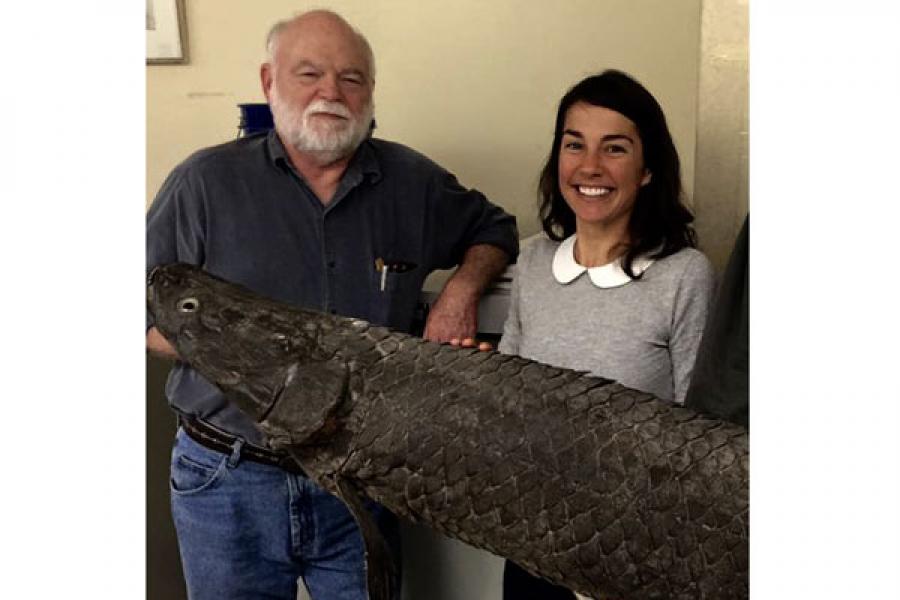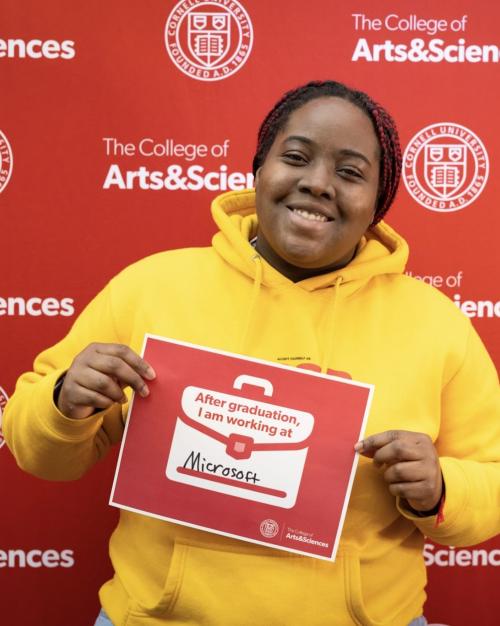Pop quiz: Are crocodiles more closely related to lizards or to birds? The answer may surprise you. Although traditional taxonomy classifies birds separately, they are actually closely related to crocodilians, sharing such groupwide characteristics as nest construction, parental care, a four-chambered heart and acoustic communication.
Traditional taxonomy “is an exercise in memorization, and we don’t want to use brain cells on labels,” said Harry Greene, professor of ecology and evolutionary biology and Stephen H. Weiss Presidential Fellow. The traditional system, invented in 1758 by Linnaeus, uses a hierarchical system of kingdoms, phyla, class, order, family, genus and species to make sense of biodiversity. But with the millions of new species identified since the 18th century, the system has become unwieldy and often is misleading, as the crocodile-lizard-bird example shows.
Instead, Greene uses the 35-year-old evolutionary Tree of Life (TOL) classification system, which explains the diversity of life by matching and mapping relationships on a branching diagram or “tree.” The tree shows the inferred evolutionary relationships, based on physical or genetic characteristics; those named on each “branch,” the taxa, are believed to be descended from a common ancestor.
The family tree for major groups of vertebrates
Greene and Cissy Ballen of the University of Minnesota have just published a paper in PLOS Biology, “Walking and Talking the Tree of Life: Why and How to Teach About Biodiversity,” discussing why the evolutionary TOL approach to biodiversity is best, to what extent the traditional taxonomy is still used and how to teach TOL using an active learning approach.
The researchers said they were unsurprised to find the vast majority of university and high school level biology textbooks still present the traditional taxonomy (although the newest textbooks often describe at least some of the TOL system as well). Greene frequently fields requests for guidance on how to teach the TOL and where to find resources about it; such requests motivated him and Ballen to write their paper.
Greene has spent decades refining his approach to teaching the TOL, which he calls “walking and talking the Tree of Life.” He uses about 145 names on the TOL as references to illustrate relationships across branch tips and the “nodes” that unite them, each name chosen carefully to aid in understanding and memory. One such aid, for the benefit of pre-med students, is a skull and crossbones symbol at the branch tip of each taxon that includes at least one human pathogen.
At Cornell, the TOL is taught as part of the Evolution and Biodiversity course in the Department of Ecology and Evolutionary Biology. Through the College of Arts and Sciences’ Active Learning Initiative, Ballen was hired as a postdoctoral associate to help transition the course from a standard passive lecture format into an active learning structure, emphasizing collaborative in-class group work and discussion.
Harry Greene and Cissy Ballen holding an osteoglossomorph, Arapaima, probably collected in Brazil by zoologist Louis Agassiz in the 1860s; he was a visiting professor at Cornell 1867-1873.
In the revised class format, students are given pre-lecture assignments that include video podcasts (“vodcasts”) and textbook readings; class time is spent reinforcing this material through active learning exercises and class discussions. Other changes made to the course include pre-class quizzes, which serve as low-risk assessments of how well the students have absorbed the pre-lecture assignments; the use of i-Clickers in class; and a random-number generator that calls on different groups in the class to answer questions to encourage student engagement.
“Because of the open-mindedness and progressive thinking about teaching from the EEB faculty, they were open to everything,” said Ballen.
Greene admits he was a skeptic at first. Although he was a big fan of i-Clickers, which he’d been using for years, flipping the class felt “faddish” to him.
“Field teaching is the original active learning,” he said. “If you want to see students light up, get them muddy and put a salamander in their hand.”
But after seeing the improvement in test scores with active learning, especially among underrepresented minorities, sitting in on the lectures and participating as a teacher, Greene is a convert: “I would never want to go back to traditional lectures.”
Ballen agrees. In the active learning format, she explained, students are much more energized and responsive. “They stay alert and engaged. They talk more and there’s a lot more laughter.”
Linda B. Glaser is a staff writer for the College of Arts and Sciences.
This article originally appeared in the Cornell Chronicle.






